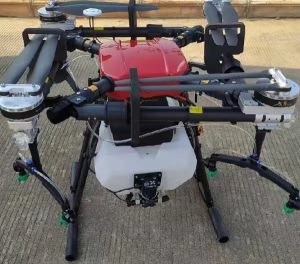The use of unmanned aerial vehicles (UAVs) in crop protection is not only advantageous for farmers but also offers significant environmental benefits. Drones are changing the way we approach agriculture, making it more sustainable and eco-friendly.
One of the key environmental advantages of drone-based crop protection is the reduction in chemical usage. Traditional crop spraying methods often result in overapplication of pesticides and fertilizers, leading to chemical runoff into water bodies and soil contamination. Drones, on the other hand, can precisely target areas in need of treatment, reducing the overall chemical load on the environment.
Drones also contribute to water conservation. By monitoring soil moisture levels and irrigation needs, UAVs can help farmers optimize their watering schedules. This prevents over-irrigation, which can leach nutrients into groundwater and harm aquatic ecosystems.
Furthermore, drones are less invasive than traditional ground-based machinery. Large tractors and trucks can compact the soil, disrupt natural habitats, and contribute to soil erosion. Drones, being lightweight and flying above the fields, do not have this negative impact on the soil and surrounding ecosystems.
In addition to minimizing environmental harm, drones can be used for ecosystem monitoring and conservation efforts. They can survey wildlife populations, identify invasive species, and track changes in habitat health, providing valuable data for conservationists and researchers.
In conclusion, the adoption of drone-based crop protection practices is a significant step toward more sustainable agriculture. By reducing chemical usage, conserving water, and minimizing soil disruption, UAVs are not only improving crop yields but also helping protect our environment and natural resources.







Please sign in to comment
register